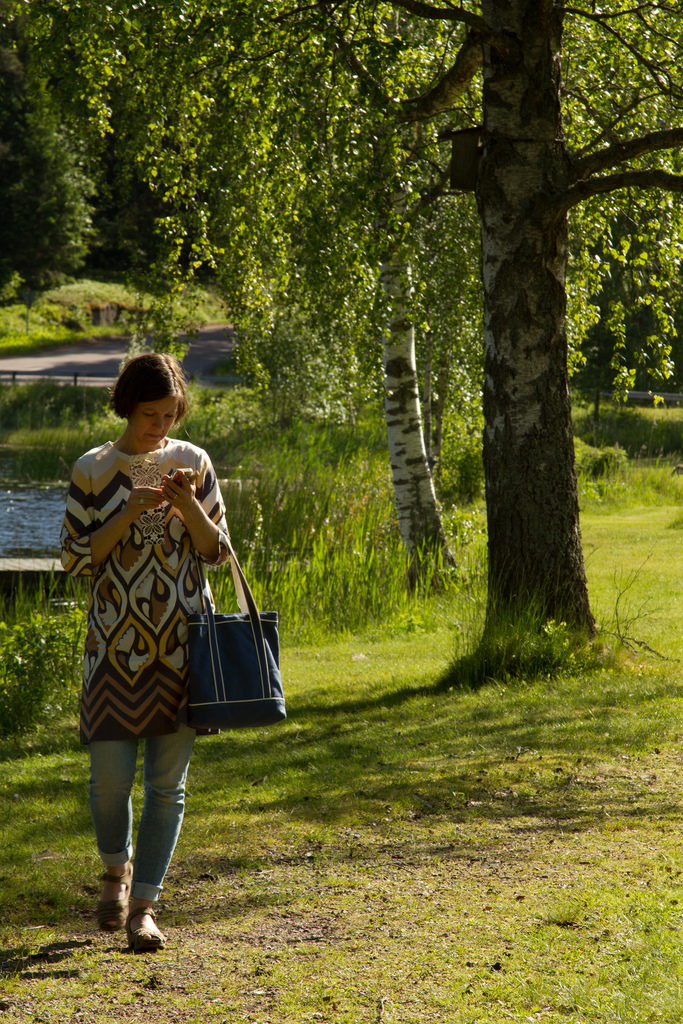Conclusion
This project has attempted to expand upon the documentary video work that students undertook in Language, Technology, and Culture and connect that project with other, more theoretical work on material culture. While scholars in rhetoric and composition have been able to explore the implications of mobile technologies and wireless computing in the past, this webtext has examined cell phones in particular. By exploring how cell phones function in larger networks of power and influence, we are better able to recognize their relevance in our students’ (and in our own) lives. While we are not able to identify with certainty how a specific technology will enable certain literacies or discourage others—as each unique person exists in a different network of people and things—we can suggest that cell phones, and especially smartphones, are now deeply important aspects in our sense of who we are and how we operate in the world.

That we exist in a kind of hybrid state with cell phones (and many, many other humans and nonhumans) is perhaps not a revelation, though being able to examine those assumptions through a course project is perhaps more unique. In tackling a documentary project like the one referenced here, I believe we can bring deeper questions to bear on our everyday activities. Further, in opening and exploring the black boxes of these activities and their attendant technologies through course projects, we can help students gain a greater sense of what it means to do critical analysis of literacy practices that would normally go unnoticed.
In the future, I hope to replicate this documentary project, asking different questions. As an alternate method for querying the kinds of mundane technologies of everyday life, the documentary helped students rethink their relationships with cell phones, and provided an access point for analyzing and employing critical literacy skills. Another group of students would develop their own range of questions, as the kinds of thing-power that cell phones demonstrate necessarily changes with new, shifting constellations (and generations) of people and things. What we have seen in this documentary project, though, is a kind of snapshot of what one group of students think about cell phone thing-power, as it existed in the winter of 2013.
